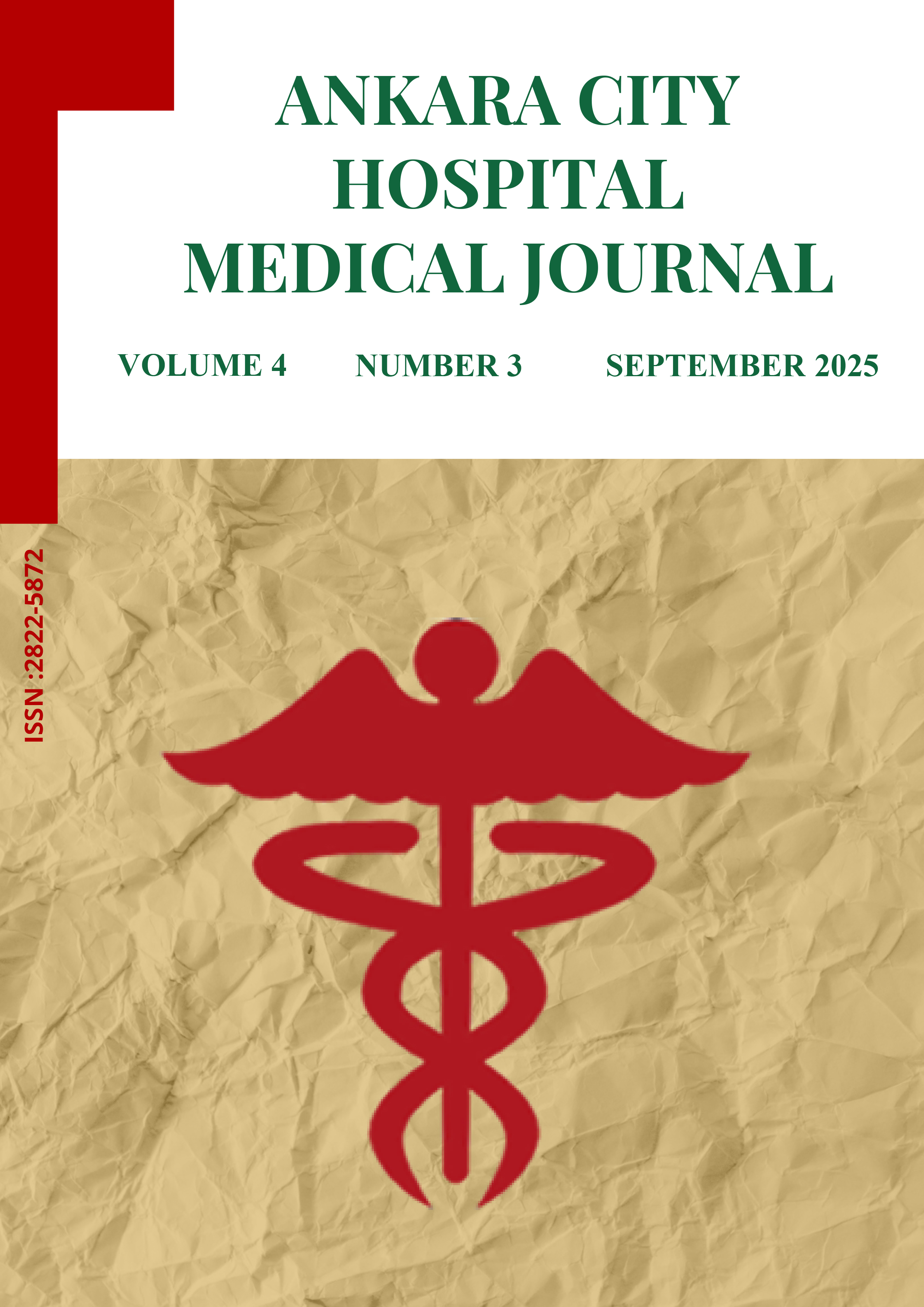
The potential therapeutic and/or protective effects of steroid, PRP and melatonin on noise-induced hearing loss in rats
Deniz Baklacı1, Nurcan Yurtsever Kum2, Aysel Çolak3, Hasan Şahin41Department of Otolaryngology, Bülent Ecevit University Faculty of Medicine, Zonguldak, Turkey2Department of Otorhinolaryngology, Ankara City Hospital, Ankara, Turkey
3Department of Pathology, Ankara City Hospital, Ankara, Turkey
4Department of Audiology, Güven Hospital, Ankara, Turkey
INTRODUCTION: To investigate the potential therapeutic and protective effects of steroid, platelet-rich plasma (PRP), and melatonin treatment on noise-induced hearing loss (NIHL).
METHODS: A total of 42 rats were divided into five groups: Group 1 did not receive any drug, Group 2 received methylprednisolone via the intratympanic route at 24 hours after acoustic trauma (AT), Group 3 received PRP via the intratympanic route at 24 hours after AT, Group 4 received intraperitoneal melatonin at 24 hours before AT, and Group 5 received intraperitoneal melatonin at 24 hours after AT. Two of the 42 rats were sacrificed and used for blood source material to prepare PRP. Each group was exposed to noise at the 105 dB sound pressure level for 12 hours to induce AT. Auditory brainstem responses (ABRs) were determined before AT and on days 1 and 28 after AT, and then histomorphological assessment was performed to identify cellular changes.
RESULTS: In the ABR test performed on day 28 after AT, a statistically significant improvement was found in the hearing thresholds of all the four treatment groups compared to the control group (p < 0.05). The improvement in the melatonin groups (Groups 4 and 5) was statistically significantly better than in the steroid and PRP groups (p < 0.05). Although the hearing thresholds of the steroid group were better than those of the PRP group, this difference was not statistically significant (p > 0.05). As a result of the histopathological examination performed on day 28 after AT, cell loss after AT was statistically significantly reduced in all the experimental groups compared to the control group (p < 0.05).
DISCUSSION AND CONCLUSION: Based on ABR testing and histopathological findings in a rat model, we conclude that melatonin may be effective in reducing NIHL and noise-induced cochlear damage.
Manuscript Language: English
(932 downloaded)









